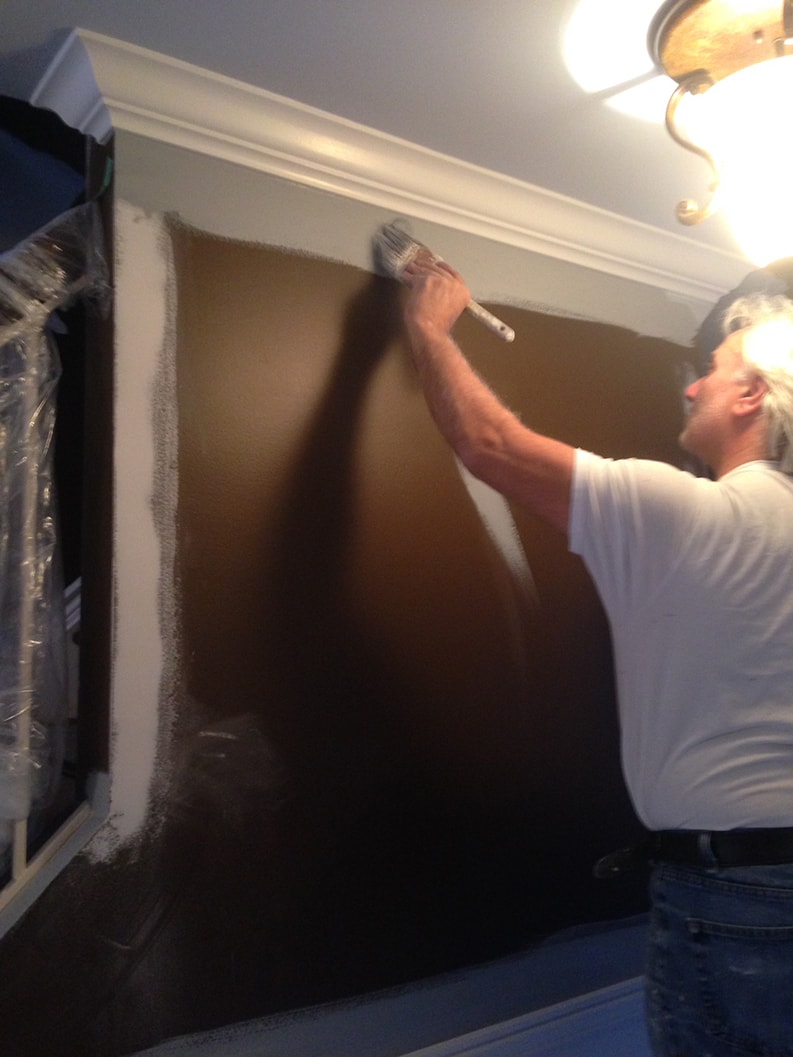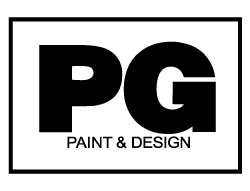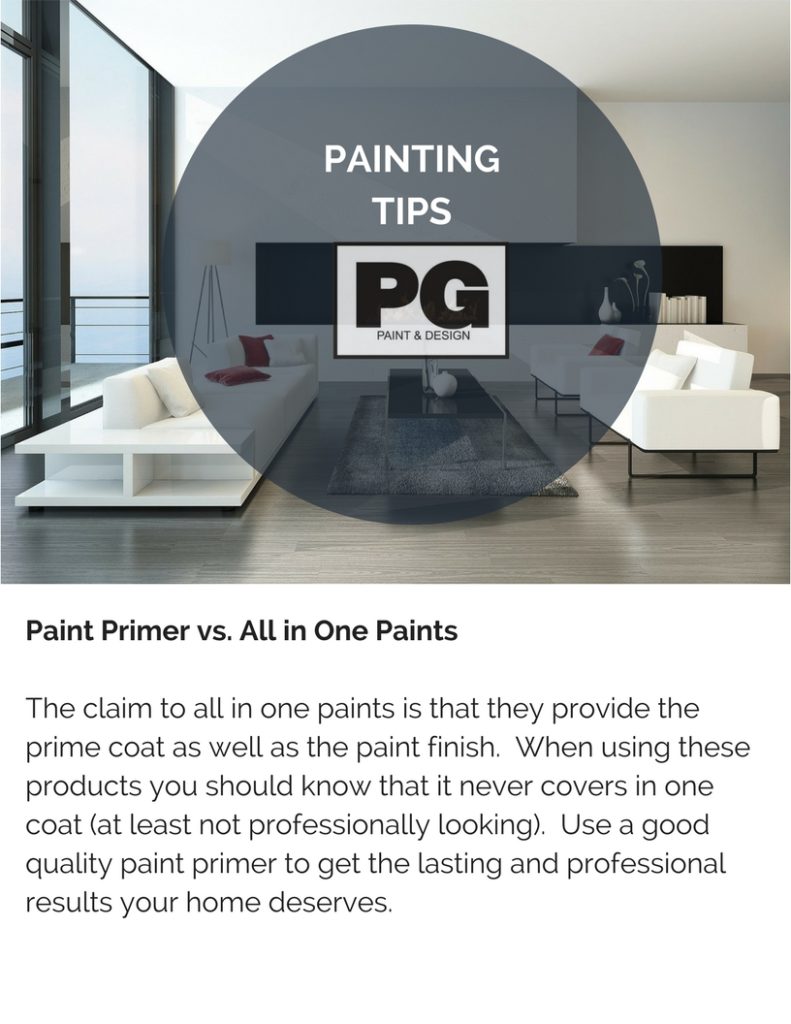A paint primer is used as an undercoat to prepare the walls or ceilings of the interior as well as painting any exterior surfaces like a front door. Painting with a primer paint first helps the final paint finish adhere better leading to less coats of paint needed to cover the surfaces. It seals the pores of the surface area to be painted and increases the durability of the finish for both interior and exterior. Primer paint provides a layer of protection against moisture and blocks stains and certain specially formulated paint primers remove smoke odours.
What Is A Paint Primer
A paint primer is a preparatory coating or a foundation that is painted onto surfaces before painting a paint colour. It is made up of 20%-30% synthetic resin, 60%-80% solvent and 2%-5% additive agent, and some also contain a plastic called polyethylene for better durability.
A primer paint product is designed to form a binding layer that seals and coats the surface area and helps any the final paint finish go on better. It can reduce the amount of paint coats necessary of for good coverage of the final paint colour bring down the costs to any painting project.
Primer paints can be tinted to match the finishing paint colour to help reduce the number of paint coats needed of the final paint colour. It also helps hide drywall imperfections like joints and seams.
When To Use A Primer Paint
The importance of preparation before painting any drywall whether it is newly installed or is being repainted over several coats of previous paint is the difference in the end result. If the area needed a few repairs and patching it is recommended to use a primer paint first, especially over dark colours and high gloss paints.
It is common practice in the painting industry to use primer paints on newly installed drywall. In new homes or in a home addition or renovation project where new drywall is installed it is recommended to use a primer first as it is a very porous surface. With newly installed drywall, it is recommended to use a paint primer for preparing drywall for painting as new drywall is a high porous surface and will soak up more of the regular paint if a primer is not used to seal it first.
While DIY painters will mostly want to skip painting with a primer, in belief that it will save money and labour, professional painters will recommend at minimum one coat of primer.
Using a paint primer over dark colours before painting with a light paint colour is recommended as it will save time and effort from having to paint more than three to four coats of the light colour in order to get the best coverage. One coat of paint primer, and two coats of coloured paint is typically enough to get professional painting results.
If painting a dark colour over a light paint colour you can use a white primer paint or have it tinted to match the darker colour as this will help create the adhering factor for any paint to be applied and gives you good paint coverage and helps reduce the amounts of colour coats you need to paint the area and get complete coverage.
It is also recommended to use a primer if painting over a glossy finish/sheen as glossy paints are formulated differently than most others and do not hold paint well. Therefore one to two coats of a primer paint should be used first to ensure complete adhesion of any other paint finish and good coverage over the colour.
Wood is also a very porous surface and absorbs more paint. A primer coat of paint first will not only provide a waterproofing finish to the wood but will also help prevent the wood from any moisture buildup that may cause mildew or mold growth.
Avoid paint problems like peeling paint and cracking or flaking paint problems that can happen if the right primer is not used over the right type of water based paints vs solvent based paints. Your local paint store or painting company can offer you tips and advice on what is best to use.
When Is A Paint Primer Not Used
There will be times that using a primer paint is not necessary. For example if painting over clean walls that are in good condition and not in need of any repairs, and are clean of any grease or stains you can avoid painting a primer. It can be eliminated from using if you are painting the same colour or a colour that is very similar over the current one.
To clean walls before painting you can use a cleaner called TSP. This cleaner can be found at paint stores or any home improvement stores.
TSP removes dirt, grease, and grime that may have previously stained the surface. It can be used on interior walls, ceilings, as well as exterior wood surfaces such as decks and siding. You can also use a light dish soap and water to wash the walls.
You can also skip the primer if you use one of the all in one paints since it already has the primer and finish coat combined. Read more painting tips for any interior painting.
Why Is Paint Primer Used
Paint primers are used so that problems with paint such as peeling, flaking or bubbling are avoided. Primer paint can correct flaws and uneven surfaces, it creates a smooth and consistent layer to which the paint can be spread and adhere to and helps the final paint colour look better and last longer.
Paint Primer vs All In One Paints
The all in one paints or also known as self-priming paints and it is just paint that is thicker than regular paint. Most DIY’ers have been lead to believe that using a all in one paint and primer will be faster, cheaper and less laborious, while professional painters would argue the opposite because it still requires two to three coats for good even coverage of the paint colour and it is the reason why most professionals do not use the all in one products.
In the end it still requires the same amount of work but does not give the same professional end result. The difference between paint primer and all in one is that the colour and primer are mixed together in one. You will still need to apply at least 2 to 3 coats of the all in one to give you good coverage.
Calculate the costs of painting and the cost of buying paint before deciding on which is the best for your next painting project. Be sure to take note of what any company is using to make sure you are not getting ripped off or scammed.
contact a professional painting company
This post was originally published on Jan 14, 2018 and edited on Mar 30, 2020

